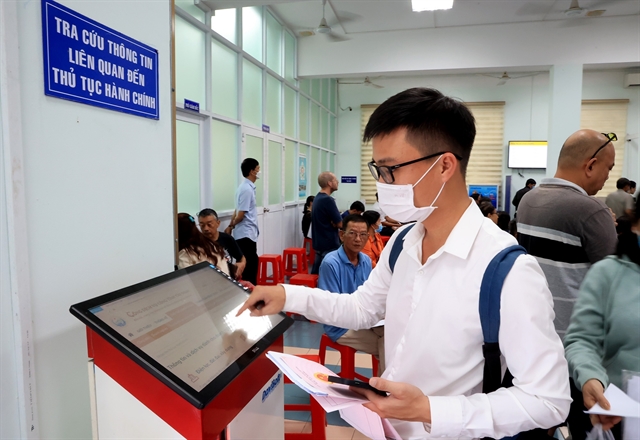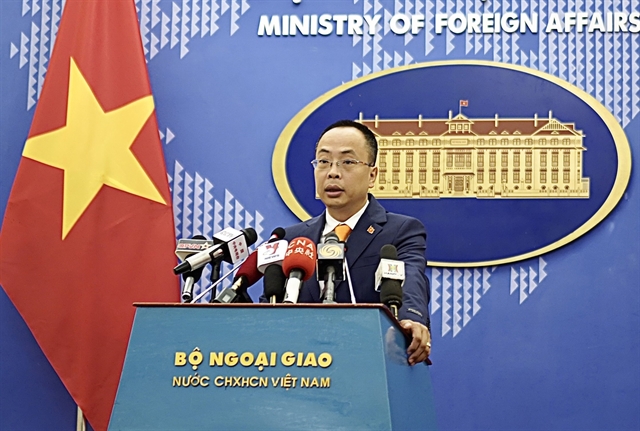

" />The fast-growing middle-income group in China, estimated at 300 million — almost equal to the US’ population — is craving for quality food products from the US and other countries, a craving further fuelled by food safety concerns in China in recent years.
 |
Chen Weihua, Deputy Editor China Daily
My discovery on a trip last week to Bozeman, Montana, was not the Yellowstone National Park nearby, but the huge potential for China-US agricultural trade and co-operation.
It was also a feeling Montana ranchers and farmers shared at an agricultural forum with Chinese embassy officials and business leaders in the backyard of Morgan Ranch House.
The host, Craig Morgan, was excited about the prospect that quality feeder cattle raised on his open country ranch may finally end up on Chinese dinner tables after China lifted a 14-year ban on the import of beef from the United States.
As the world’s second-largest beef importer, China imported about US$2.5 billion worth of beef last year. Still, the per capita beef consumption in China is only 5kg a year compared with the world average of 10kg. So if China’s per capita beef consumption increases to 10kg, it will need an additional 6.5 million tonnes of beef a year to meet the demand.
The fast-growing middle-income group in China, estimated at 300 million — almost equal to the US’ population — is craving for quality food products from the US and other countries, a craving further fuelled by food safety concerns in China in recent years.
Those representing Montana farms, as in other US agricultural states, are already reaping the benefits of the rising demands in China, as it was the top destination for US agricultural exports last year, with a total value of $21.4 billion.
The trajectory looks encouraging as the export of US agricultural goods to China grew 219 per cent from 2006 to last year.
“Cultivating Opportunity: The Benefits of Increased US-China Agricultural Trade”, a US Chamber of Commerce report released last November, predicted an additional cumulative gain of $28 billion in bilateral agricultural trade in the 2016-25 period if the two sides reduce or remove some of their tariff and non-tariff barriers.
The US, as an advanced economy, has much to offer in modernising China’s agricultural sector.
It means big business for US agricultural machinery and expertise. That is why US Senator Steve Daines from Montana is strongly opposed to even the idea of a trade war between the two countries, which he believes will cause US farmers and ranchers the maximum loss.
The mood outside Washington is often different. At the Montana forum, farmers and ranchers discussed with Chinese participants how to expand practical cooperation, promote Montana beef in China and establish joint food processing ventures.
US provincial and local leaders, such as governors and mayors, have always been interested in expanding practical cooperation with China, in sharp contrast to many politicians in Washington.
A US-China Business Council report released on September 7 showed that 432 of the total 435 US congressional districts have seen triple-digit growth in the export of goods and services to China since 2006.
China was among the top three goods-export markets for 263 districts last year, and among the top five for 358 districts. It was also the top services-export market for 93 congressional districts in 2015 and among the top five markets for 399 districts.
Outside Washington, it’s all about down-to-earth business without even a hint of politics.
In Washington, in contrast, President Donald Trump’s administration launched an investigation under Section 301 of the US Trade Law of 1974 into China’s intellectual property law and practices last month and threatened recently — after the Democratic People’s Republic of Korea conducted its sixth nuclear test — to stop trading with any country that continues to have trade ties the DPRK, triggering fears of a trade war between the world’s two largest economies.
Trump has also blamed other countries, notably China, for the US’ trade deficits. But the US had a surplus in agricultural trade with China, about $17 billion last year, according to the US Trade Representative. And this surplus looks set to expand further as an increasing number of Chinese can afford to pay for high-quality farm products from the US.
Unlike the Trump administration, Chinese leaders are not obsessed with such agricultural trade deficits. Many leading US economists believe deficits in bilateral trade do not matter, and the US’ trade deficit has virtually nothing to do with the US’ trade policy, but its fiscal policy, low savings rate and the role of US dollar as a reserve currency.
While there is huge potential for rising US agricultural exports to China, Washington should not take it for granted the potential would continue to exist. As the world’s largest agricultural importer, China has also become a major agricultural export market for countries such as Brazil, Ukraine, Australia and Argentina, strong competitors for US farm exports.
China’s import market would further diversify if the US government continues to use the outdated Section 301 to launch investigations against China and threaten to disrupt bilateral trade, by linking it with the situation on the Korean Peninsula.
China and the US are like great natural partners for agricultural trade and cooperation, and no one should spoil that equation. — China Daily/ANN
 |
| Chen Weihua |



.jpg)





